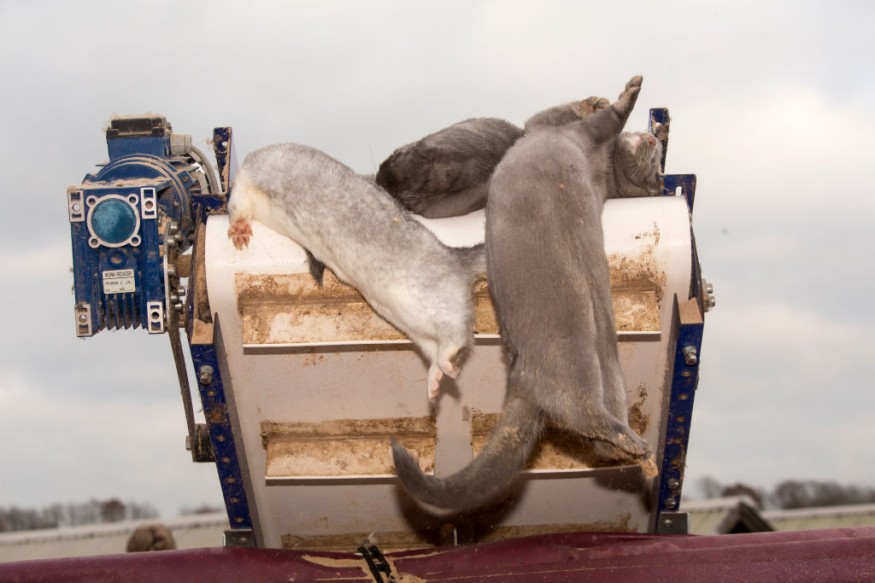In Denmark, lawmakers want to exhume and incinerate culled mink from mass graves, while scientific authorities are concerned about a permanent COVID-19 future pandemic risk.
They want to incinerate them to prevent the possibility of contaminating nearby waters.

READ: Spain and Netherlands Cull Over One Million Mink Due to COVID-19 Infection
Dead mink rising from the grave
The government of Denmark wants to exhume and incinerate these culled mink to prevent spreading the COVID-19 virus when hundreds began to be extruded out of their graves.
As sensationalist media have been reporting, the dead mink in these graves has NOT risen as undead killer zombies. The rotting carcasses were brought to the surface from their shallow graves that were only one meter deep in light sandy soil.
They rose to the surface, possibly due to the gas build-up from the decomposing bodies, which caused an upward rise, bringing their carcasses to the surface.
In other words, they are not, nor have they ever been, zombies.
Authorities said that these bodies would not spread the COVID-19 virus, but there is a valid concern that they will contaminate underground water reserves, lakes, and drinking water reservoirs.
READ ALSO: Mink Workers Infected With Coronavirus First Known Cases of Animal-Human Transmission
The danger of escaped mink
Meanwhile, veterinary government officials warn that mink escapees from fur farms may start the establishment of a permanent reservoir of the COVID-19 virus in the wild.
This reservoir can then re-enter into the human population and cause the source of a permanent pandemic in the future.
An official from Denmark's Veterinary & Food Administration warned that mink escape by the thousands from fur farms every year. Out of these escapees, five percent are expected to have the COVID-19 infection.
COVID-19 rampant in the wild
University College London professor and microbiologist Joanne Santini says that this can make the coronavirus very hard to control because it has already spread to animals roaming the wild.
According to Erasmus University Rotterdam professor and bioscience head Marion Koopmans, the virus can potentially circulate continuously in large farms and the wild. Viruses can continuously evolve in animal hosts and pose a permanent threat to both humans and animals.
Culling the mink
Denmark is among the leading farmed mink producers globally, making it quite vulnerable to the coronavirus since the mink harbor it.
The farms are congested with closely housed mink that is susceptible to higher disease transmission. In herds all over the world, outbreaks have occurred and even infected humans. Dangerous viral mutations can emerge from them.
The proper course of action
Thus, it is only logical to implement culls in mink, such as what was done in many European countries such as Denmark, Ireland, France, and the Netherlands.
Culling is an effective way of stopping disease and zoonotic transmission.
In Denmark, the prime minister's order to cull the whole mink population, which numbered 17 million, maybe drastic but necessary. This is because it can threaten the effectiveness of the coronavirus vaccine should the COVID-19 virus mutate.
Most of the country's mink are now culled and killed, and scientists now believe that this dangerous new strain is not a threat any longer.
Mink have been culled in many producer countries such as Poland and Lithuania. Thus it is very much an accepted measure in Denmark as it exhumes and incinerates culled mink from their mass graves to prevent a future pandemic of COVID-19.
READ NEXT: China Releases Draft List of Animals Allowed for Farming and Consumption
Check out more news and information on COVID-19 on Nature World News.
© 2026 NatureWorldNews.com All rights reserved. Do not reproduce without permission.





